Teresa Lewis
In many countries, a last meal is a rite of passage for condemned prisoners before their execution. Historically, France had no formal last meal, just a “little glass of rum” before execution, because the prisoner usually only learned of their forthcoming demise just minutes in advance. However, in most other countries that have instituted capital punishment, a last meal is a tradition allowing the prisoner to select, within reason, what they would like their last meal to be. New Zealand photographer Henry Hargreaves decided to recreate the last meal requests of some of history’s most notorious prisoners in his series, No Seconds. Hargreaves told Metro: “In my photography I have always been fascinated by the mix of the mundane and the extraordinary.


So while I was reading about efforts to stop the Last Meal tradition in Texas it sparked my interest. In the most unnatural moment there is (state-sponsored death) what kind of requests for food had been made?” “In New Zealand (where I’m from), and in fact nearly any where else in the developed world, the death penalty is just not even in the conversation. It is a remnant of an earlier era. This little bit of civility, ‘hey we are going to kill you but what would you like to eat?’ just jumped off the page.”
 Teresa Lewis was the only woman on death row in the state of Virginia, prior to her execution on September 23, 2010, for the murder of her husband and stepson. She became the first woman to be executed by lethal injection in the state.
Teresa Lewis was the only woman on death row in the state of Virginia, prior to her execution on September 23, 2010, for the murder of her husband and stepson. She became the first woman to be executed by lethal injection in the state.
Ángel Nieves Díaz
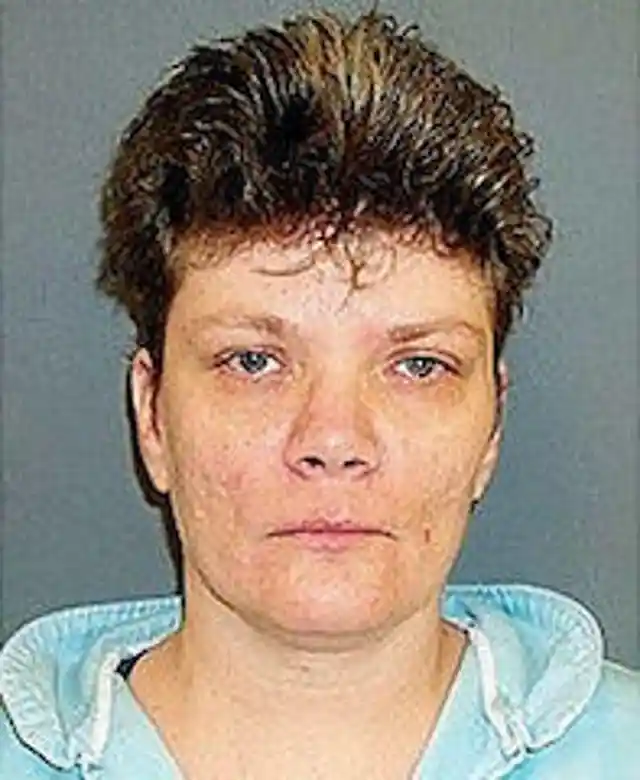
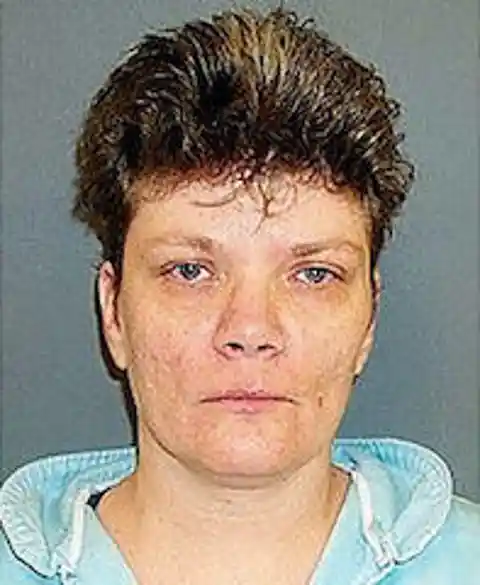
Her motive was the $250,000 she would’ve made from the insurance policy her stepson took out prior to his deployment to Iraq. Lewis’ stepdaughter, Kathy, came to witness the execution, whom she addressed in her last words: “I just want Kathy to know that I love you, and I’m very sorry.” Photos: Henry Hargreaves/Virginia Department Of Corrections
 Ángel Nieves Díaz, from the U.S. territory of Puerto Rico, was executed on December 13, 2006, for the murder of the manager of the Velvet Swing Lounge strip club in Florida in 1979. He was also found guilty of kidnapping, armed robbery, attempted robbery, and felony possession of a firearm. Díaz maintained his innocence and there was controversy surrounding the case, the main concern being that Díaz spoke almost no English, but represented himself at the trial. He declined a last meal so he was served the regular prison menu of shredded turkey with taco seasoning, shredded cheese, rice, pinto beans, tortilla shells, an apple crisp and iced tea, which he also declined. His final statement was: “The state of Florida is killing an innocent person.
Ángel Nieves Díaz, from the U.S. territory of Puerto Rico, was executed on December 13, 2006, for the murder of the manager of the Velvet Swing Lounge strip club in Florida in 1979. He was also found guilty of kidnapping, armed robbery, attempted robbery, and felony possession of a firearm. Díaz maintained his innocence and there was controversy surrounding the case, the main concern being that Díaz spoke almost no English, but represented himself at the trial. He declined a last meal so he was served the regular prison menu of shredded turkey with taco seasoning, shredded cheese, rice, pinto beans, tortilla shells, an apple crisp and iced tea, which he also declined. His final statement was: “The state of Florida is killing an innocent person.
John Wayne Gacy
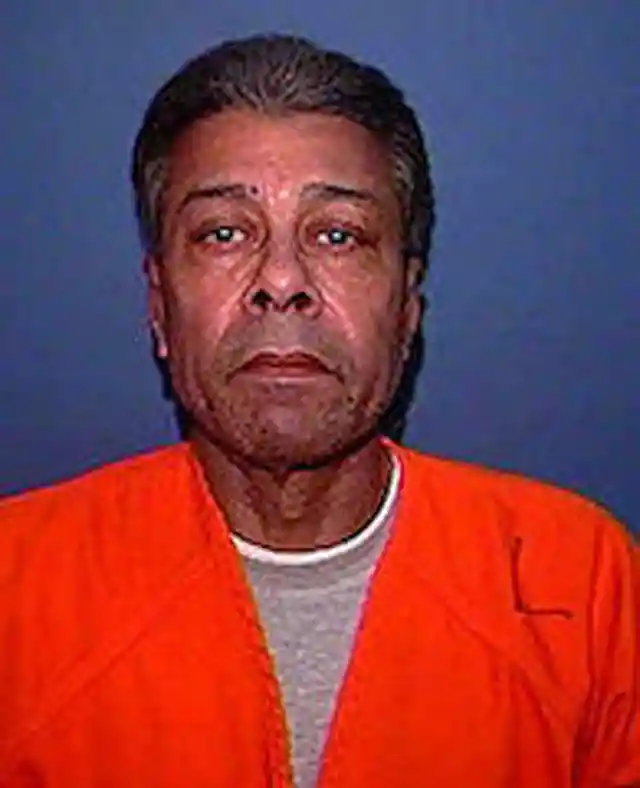
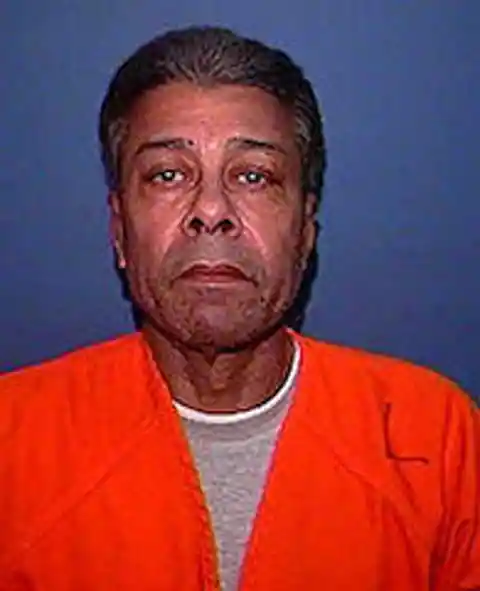
The state of Florida is committing a crime, because I am innocent. The death penalty is not only a form of vengeance, but also a cowardly act by humans. I’m sorry for what is happening to me and my family who have been put through this.” The family declared it a botched execution with the whole process taking almost an hour, as opposed to the seven-and-a-half minutes death by lethal injection is supposed to take. In fact, Díaz needed an additional dose of drugs to be executed. Photos: Henry Hargreaves/Florida Department of Corrections
 John Wayne Gacy was convicted of the sexual assault and murder of 33 teenage boys between 1972 and 1978, and sentenced to death for 12 of these murders. He was executed on May 10, 1994. Gacy was allowed a picnic on the prison grounds with his family, where he had his last meal.
John Wayne Gacy was convicted of the sexual assault and murder of 33 teenage boys between 1972 and 1978, and sentenced to death for 12 of these murders. He was executed on May 10, 1994. Gacy was allowed a picnic on the prison grounds with his family, where he had his last meal.
Timothy McVeigh
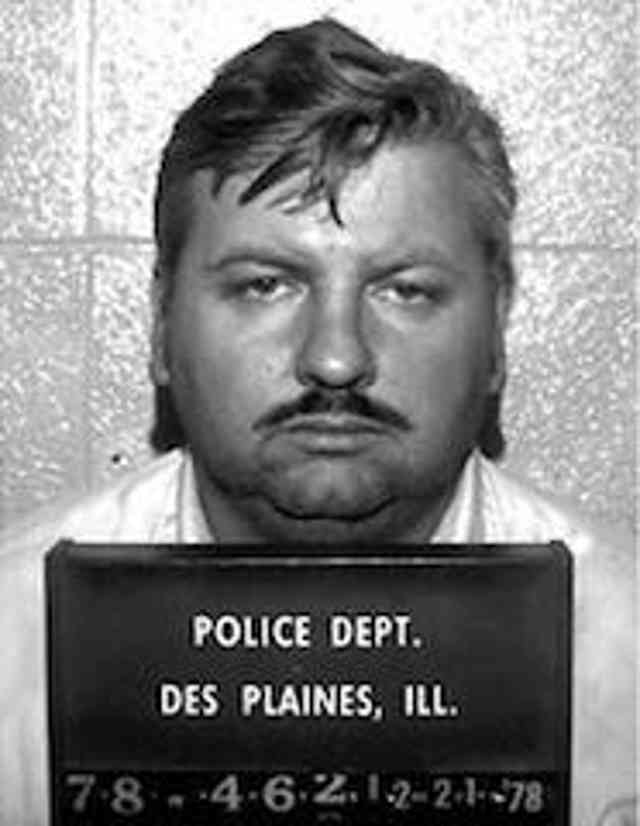
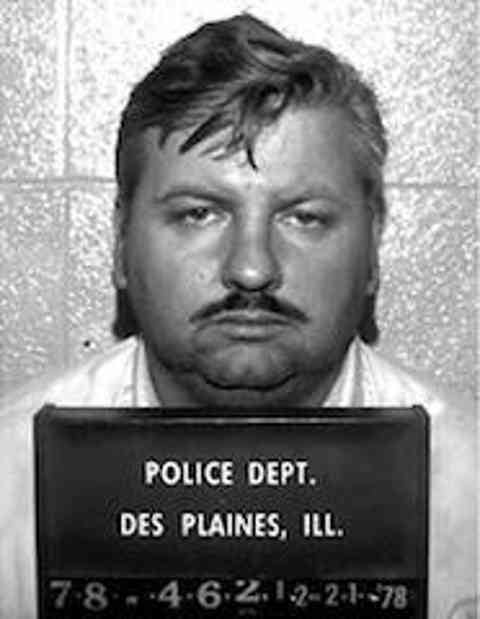
Gacy’s execution took 18 minutes. However, one of the prosecutors at Gacy’s trial, William Kunkle, stated, “He got a much easier death than any of his victims.” Gacy’s last words are believed to be simply: “Kiss my ass.” Photos: Henry Hargreaves/Wikipedia
 Timothy McVeigh was executed on June 11, 2001, for detonating a truck bomb in front of the Alfred P. Murrah Federal Building in Oklahoma City on April 19, 1995, killing 168 people and injuring over 600. McVeigh requested that his execution be nationally televised, a request that was denied.
Timothy McVeigh was executed on June 11, 2001, for detonating a truck bomb in front of the Alfred P. Murrah Federal Building in Oklahoma City on April 19, 1995, killing 168 people and injuring over 600. McVeigh requested that his execution be nationally televised, a request that was denied.
Ricky Ray Rector


McVeigh, who had an IQ of 126, made several statements before his death, including: “I am sorry these people had to lose their lives, but that’s the nature of the beast. It’s understood going in what the human toll will be.” Photos: Henry Hargreaves/Wikipedia
 Ricky Ray Rector was executed on January 24, 1992, after killing a man in a nightclub in Conway, Arkansas. He agreed to turn himself in to the police, but then shot and killed the arresting officer before turning the gun on himself. His self-inflicted gunshot wound to the head wasn’t fatal, but resulted in his lobotomy.
Ricky Ray Rector was executed on January 24, 1992, after killing a man in a nightclub in Conway, Arkansas. He agreed to turn himself in to the police, but then shot and killed the arresting officer before turning the gun on himself. His self-inflicted gunshot wound to the head wasn’t fatal, but resulted in his lobotomy.
Stephen Anderson
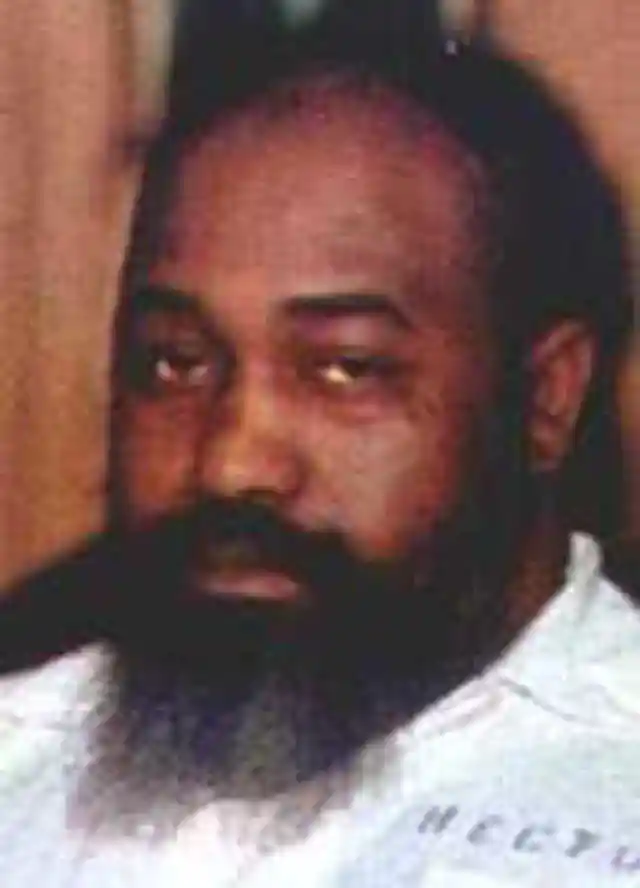
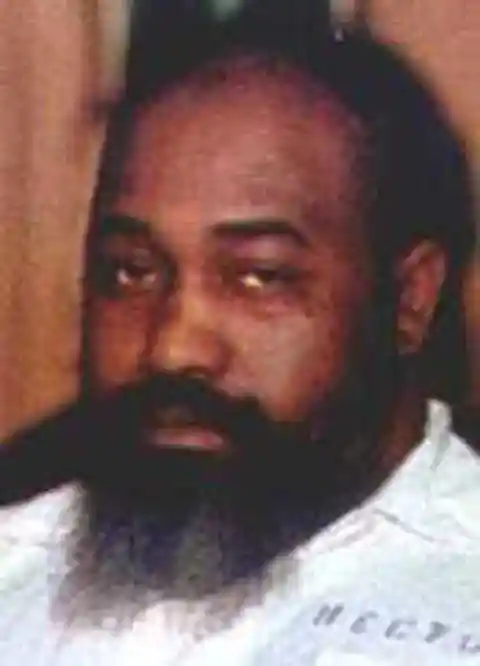
It took executioners 50 minutes to find a suitable vein, during which moaning could be heard coming from the execution chamber. Photos: Henry Hargreaves/Wikipedia
 Stephen Anderson was executed on January 29, 2002. He was originally incarcerated for four counts of aggravated burglary, one in 1971, and three in 1973. While in Utah State Prison, he murdered an inmate, assaulted another, as well as a correctional officer, and admitted to six contract killings in Las Vegas prior to the crime for which he was incarcerated.
Stephen Anderson was executed on January 29, 2002. He was originally incarcerated for four counts of aggravated burglary, one in 1971, and three in 1973. While in Utah State Prison, he murdered an inmate, assaulted another, as well as a correctional officer, and admitted to six contract killings in Las Vegas prior to the crime for which he was incarcerated.
Ted Bundy


In 1979, Anderson escaped prison and worked for drug traffickers and as a hitman, committing a contract killing in Salt Lake City. In May, 1980, he entered the house of an 81-year-old woman for a burglary, but Anderson awoke the occupant, so he shot her in the face, then went downstairs and made himself a bowl of noodles. He was eating and watching TV when the sheriff arrived, leading to his arrest.
Photos: Henry Hargreaves/Wikipedia
 Ted Bundy died in the electric chair on January 24, 1980, for the murder of at least 35 girls and young women during the 1970s, although the exact number could be much higher. He was also charged with kidnapping, rape, and necrophilia. Although initially denying the charges for over a decade, he eventually confessed to 30 homicides in seven different states between 1974 and 1978.
Ted Bundy died in the electric chair on January 24, 1980, for the murder of at least 35 girls and young women during the 1970s, although the exact number could be much higher. He was also charged with kidnapping, rape, and necrophilia. Although initially denying the charges for over a decade, he eventually confessed to 30 homicides in seven different states between 1974 and 1978.
Ronnie Lee Gardner
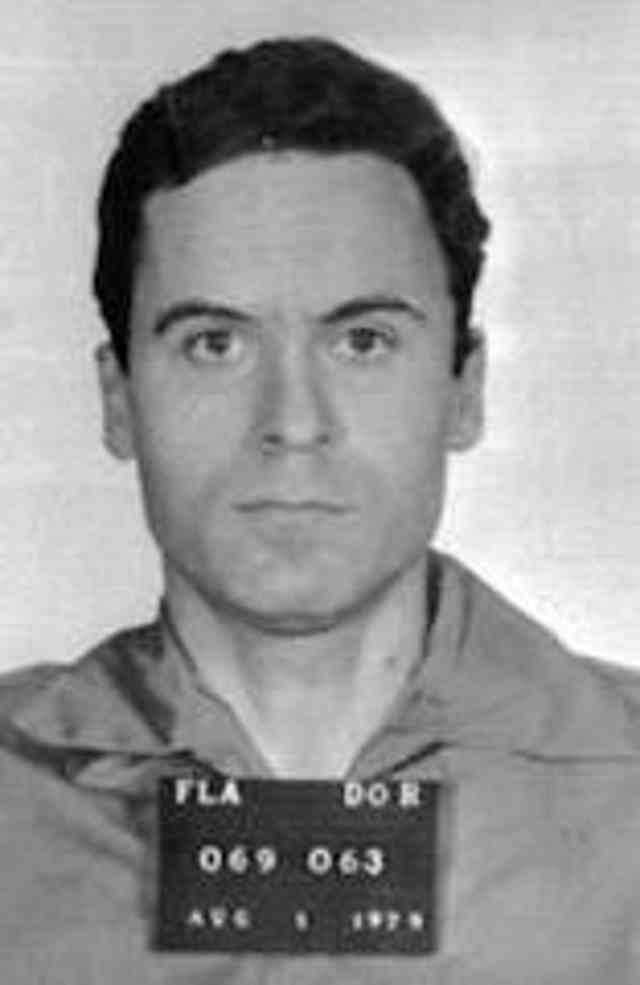
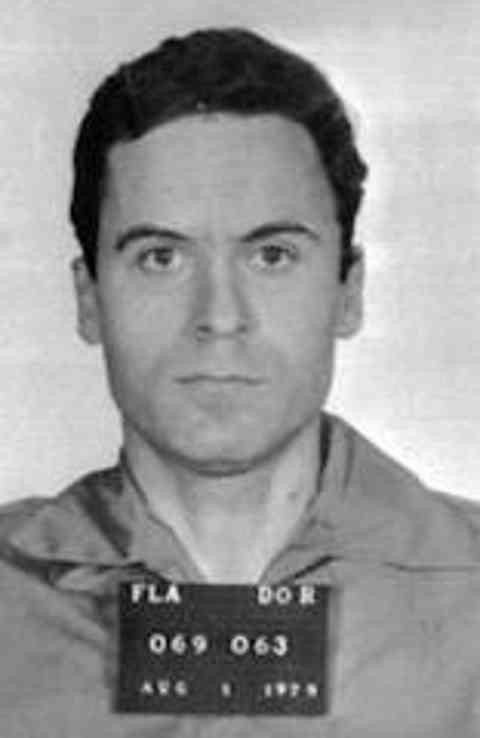
Bundy placed two last calls to his mother to say farewell. At the conclusion of the second, Bundy’s mother told him, “You’ll always be my precious son.” Bundy’s final words were: “I’d like you to give my love to my family and friends.” An estimated 2,000 people sang, danced and set off fireworks in a field opposite the prison where the execution was carried out.
Photos: Henry Hargreaves/Wikipedia
 Ronnie Lee Gardner died in front of a firing squad on June 18, 2010, a method of execution he sought due to his Mormon beliefs. Gardner was convicted of killing a man during a robbery in 1984 and fatally shot an attorney in an unsuccessful escape attempt while being moved to a court hearing for the homicide.
Ronnie Lee Gardner died in front of a firing squad on June 18, 2010, a method of execution he sought due to his Mormon beliefs. Gardner was convicted of killing a man during a robbery in 1984 and fatally shot an attorney in an unsuccessful escape attempt while being moved to a court hearing for the homicide.
Victor Feguer
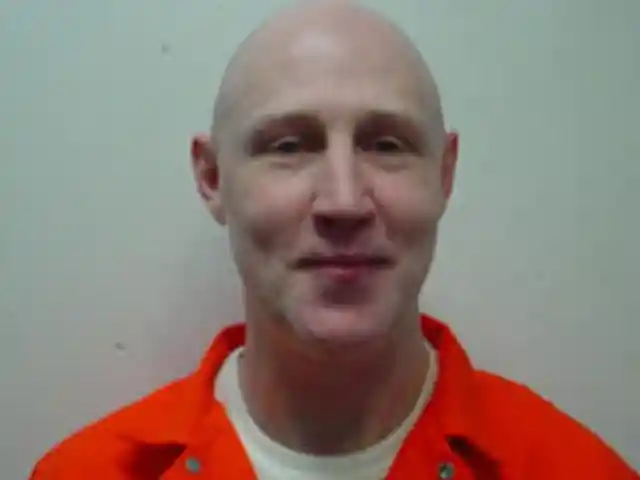
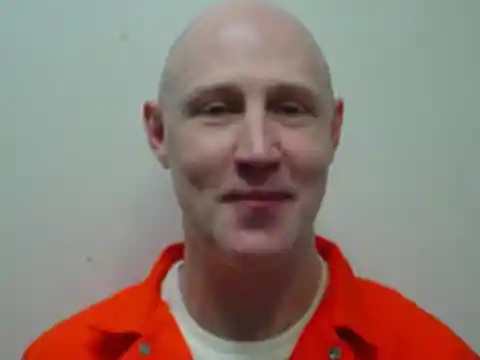
It was the second murder for which he was put on death row. When asked if he had any last words, he replied: “I do not, no.” Photos: Henry Hargreaves/Wikipedia
 Victor Feguer was the last man put to death in the state of Iowa, where he was hanged on March 15, 1963, charged with kidnapping and killing a doctor to gain access to drugs. He asked for a single, unpitted olive because he apparently thought it might grow into an olive tree from inside him.
Victor Feguer was the last man put to death in the state of Iowa, where he was hanged on March 15, 1963, charged with kidnapping and killing a doctor to gain access to drugs. He asked for a single, unpitted olive because he apparently thought it might grow into an olive tree from inside him.
Allen Lee Davis
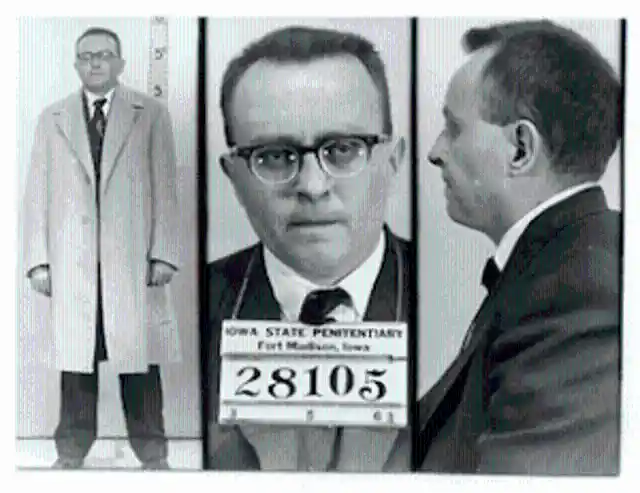
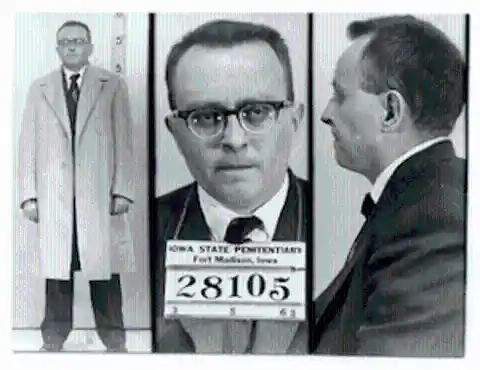
The pit was found in his pocket after the execution. Photos: Henry Hargreaves/Wikipedia
 Allen Lee Davis was the last man killed by electrocution in the state of Florida when he was sent to the chair on July 8, 1999, for the murder of three people, four if you count an unborn child. Davis beat Nancy Wheeler, who was three-months pregnant at the time, “almost beyond recognition” with a .357 magnum.
Allen Lee Davis was the last man killed by electrocution in the state of Florida when he was sent to the chair on July 8, 1999, for the murder of three people, four if you count an unborn child. Davis beat Nancy Wheeler, who was three-months pregnant at the time, “almost beyond recognition” with a .357 magnum.
Fernando Nicola Sacco and Bartolomeo Vanzetti
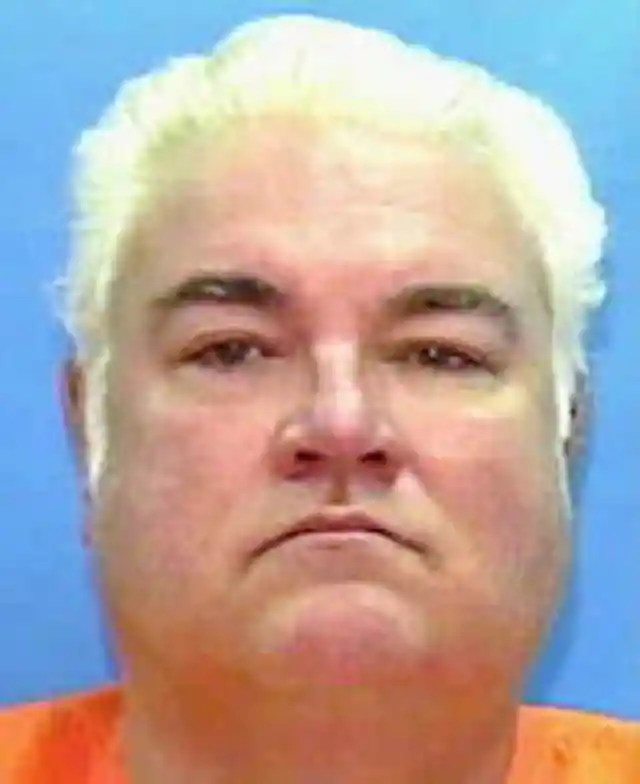
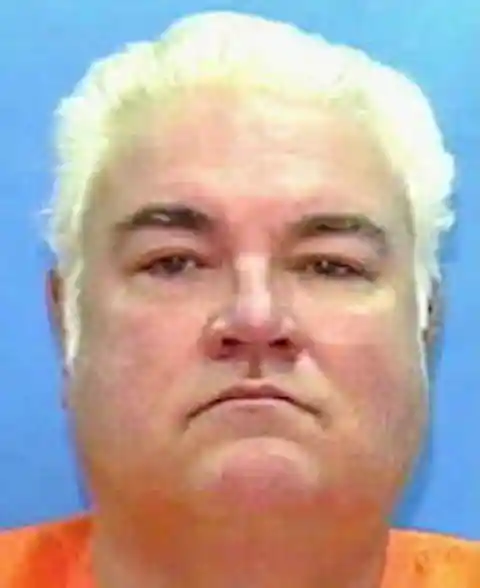
He then shot her two daughters, beating one of them, as well. In yet another botched execution, Davis bled profusely from the nose and suffered burns to the head, legs, and groin, leading a supreme court justice to rule death by electric chair “outdated.” Photos: Henry Hargreaves/Wikipedia
 Fernando Nicola Sacco and Bartolomeo Vanzetti were executed by electric chair on August 22, 1927, for the murder of a guard during a bank robbery in South Braintree, Massachusetts. The pair appealed the charges, basing their innocence on recanted testimony, conflicting ballistics evidence, a prejudicial pretrial statement by the jury foreman, and a confession by an alleged participant in the robbery, but all were denied. The execution garnered worldwide attention, with protests held in Tokyo, Sydney, São Paulo, Rio de Janeiro, Buenos Aires, and Johannesburg.
Fernando Nicola Sacco and Bartolomeo Vanzetti were executed by electric chair on August 22, 1927, for the murder of a guard during a bank robbery in South Braintree, Massachusetts. The pair appealed the charges, basing their innocence on recanted testimony, conflicting ballistics evidence, a prejudicial pretrial statement by the jury foreman, and a confession by an alleged participant in the robbery, but all were denied. The execution garnered worldwide attention, with protests held in Tokyo, Sydney, São Paulo, Rio de Janeiro, Buenos Aires, and Johannesburg.
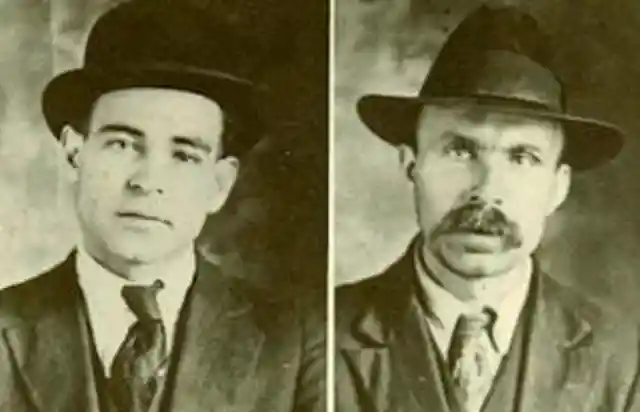
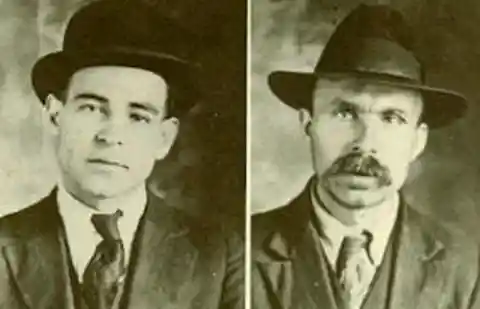
In fact, a week before the execution, the house of one of the jurors was bombed, and 20,000 people gathered in protest on Boston Common the day before the execution. Vanzetti’s last words were, “I wish to forgive some people for what they are now doing to me,” while Sacco uttered “Farewell, Mother.” Photos: Henry Hargreaves/Wikipedia